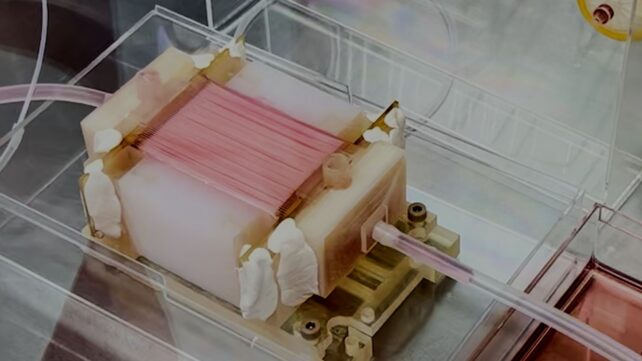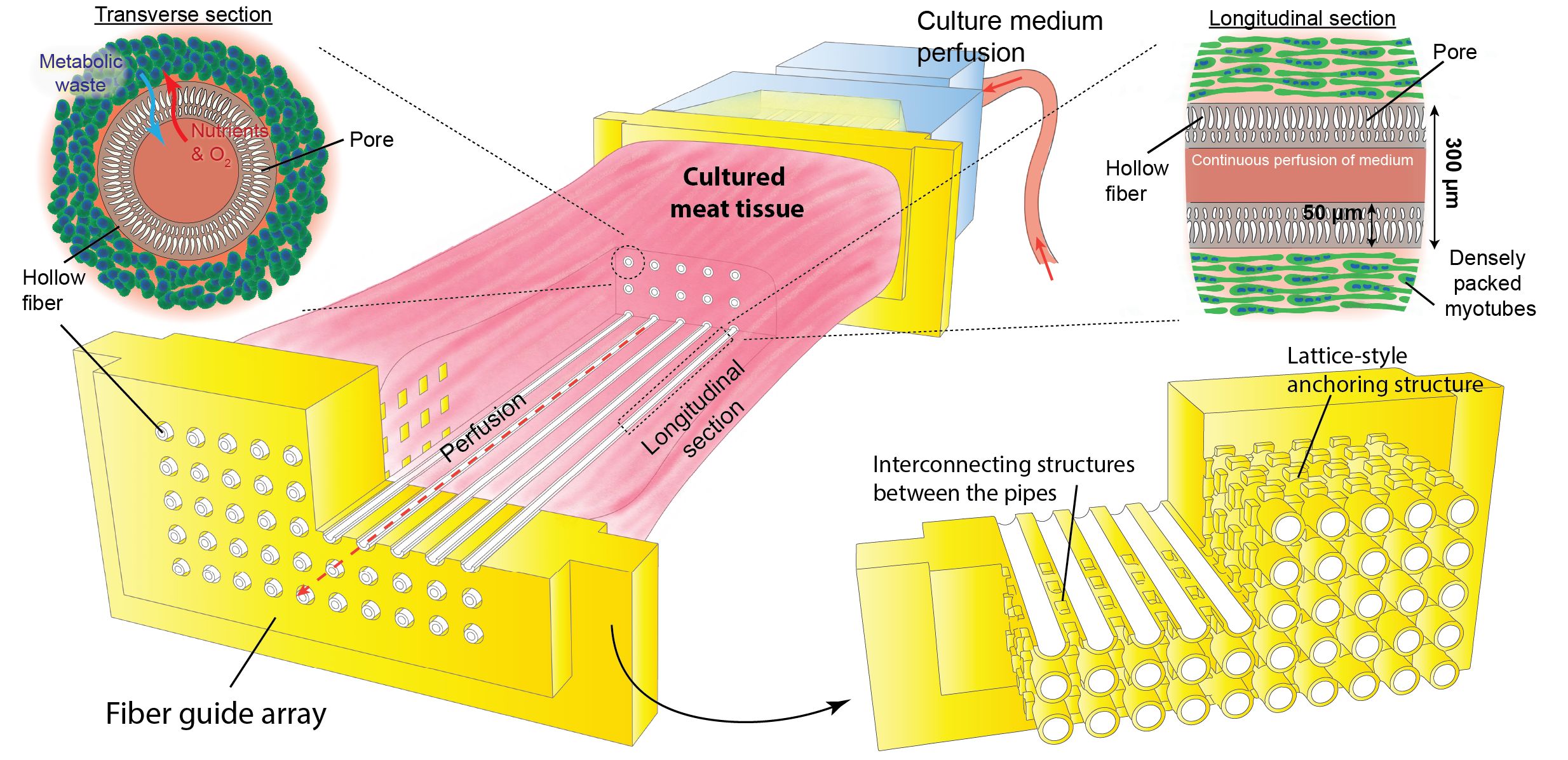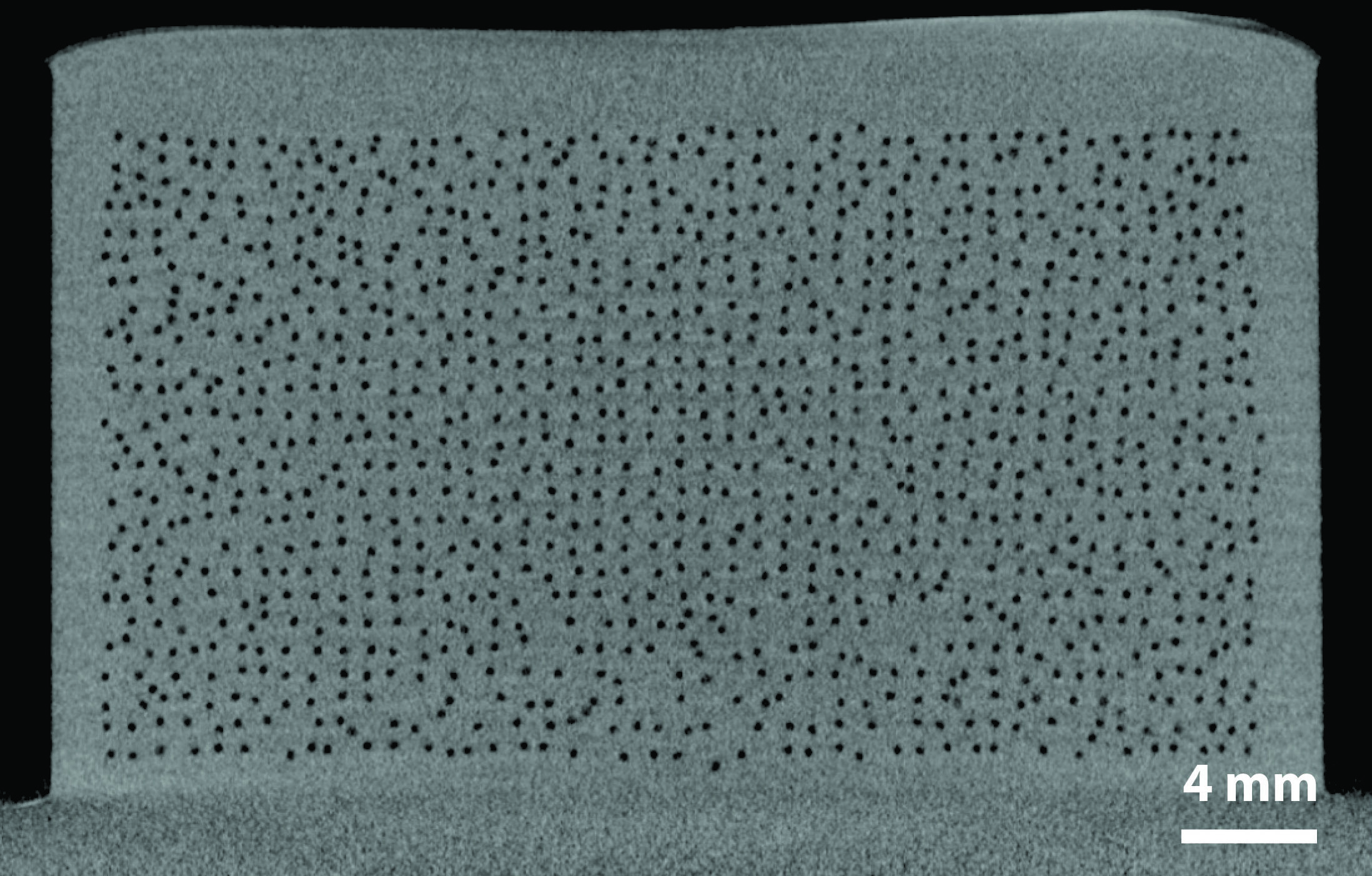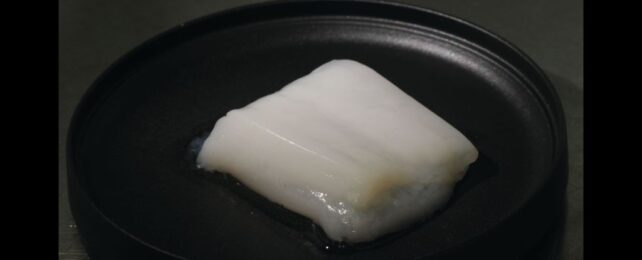Researchers are closer to growing chicken nuggets in the lab, thanks to the use of tiny hollow fibers that mimic blood vessels.
While cultured meat has been advancing for some time now, it's been limited to thin strips of less than a millimeter. Creating a thicker product with a familiar appeal has so far proven elusive.
"Replicating the texture and taste of whole-cut meat remains difficult," explains biomedical engineer Shoji Takeuchi from The University of Tokyo.
This barrier was partly due to the difficulties of nutrient distribution in the growing tissue. With no blood vessel network, inbuilt circulation could only reach so far using diffusion. So biomedical engineer Minghao Nie and colleagues devised a new way to ensure each cell is well catered for.
"We overcame the challenge of achieving perfusion across thick tissues by arranging hollow fibers with microscale precision," says Takeuchi.
Their robot-assisted assembly system can now pamper each nugget with an array of over 1,000 hollow fibers to ensure no chicken cell, however deep, is neglected.

"These fibers are already commonly used in household water filters and dialysis machines for patients with kidney disease," explains Takeuchi.
"It's exciting to discover that these tiny fibers can also effectively help create artificial tissues and, possibly, whole organs in the future."
The assistance of the fibers allowed the team to produce a chunky 10-gram nugget out of chicken fibroblast cells, which form connective tissue. Tests on this flesh revealed higher protein markers, suggesting better taste and texture than previous attempts.

Researchers are aiming to create cultured meat for its ethical and environmental benefits. Farming livestock takes a lot of land and water resources; cattle in particular contribute massively to global warming.
Some estimates suggest if these hidden costs were factored in, meat would cost 2.5 times more than its current price. But others have pointed out the perceived benefits of cultured meat may not be as clear-cut as initially thought.
A 2023 study calculated the specific nutrients and laboratory resources required to keep everything sanitized to food-grade standards would push the cost of lab meat formation above efficient farming systems.
It would make more sense to invest in increasing the efficiency of our current meat production systems, food scientist Derrick Risner and co-authors on the 2023 paper argue.
What's more, studies suggest most people find the idea of eating lab meat off-putting.
Nie and team acknowledge there are still many technical, regulatory, cultural, and cost challenges to overcome before cultured chicken nuggets will have a chance to become commercially viable.

But researching cultured meat has the potential to increase our understanding of animal tissues, which could lead to improved healing techniques and possibly create another sorely needed supply of donor organs.
"Our technology enables the production of structured meat with improved texture and flavor, potentially accelerating its commercial viability," says Takeuchi. "Beyond food, this platform may also impact regenerative medicine and soft robotics."
This research was published in Trends in Biotechnology.
